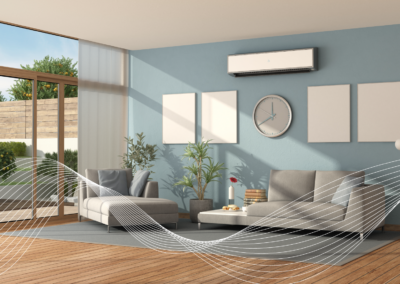Resources

mmWave vs. Wi-Fi Sensing – What’s the Difference?
For most of modern history, detecting movement meant pointing a camera at something or relying on a motion detector that sensed heat (passive infrared or PIR). Using radio waves for detection isn’t new—radar systems have done it since the 1940s—but what is new is how...
mmWave vs. Wi-Fi Sensing – What’s the Difference?
mmWave and Wi-Fi Sensing are often mentioned in the same breath, but they’re built for different purposes and excel in different ways. This post breaks down how each technology works, from the high-precision, short-range capabilities of mmWave radar to the scalable, cost-effective intelligence of Wi-Fi Sensing. By comparing their strengths, limitations, and future roles, we explore how both are redefining what it means for wireless networks to sense the world around them.
Filter by topic

Why is Wi-Fi Sensing Great for Small Businesses?

How Do We Integrate WiFi Motion on New Devices?

Sensing: The Spectrum Hero in a Crowded World

The Top 3 Wellness Indicators to Track for Seniors

Bridging the Tech Divide: Why Partnerships and Open-Source Are Key to Smarter Homes

The Benefits of Wi-Fi Sensing for Whole Home Awareness

Meet the Cognitive Team: Dr. Taj Manku, CEO & Co-Founder | Part 2

The Opportunity of Too Much Data

